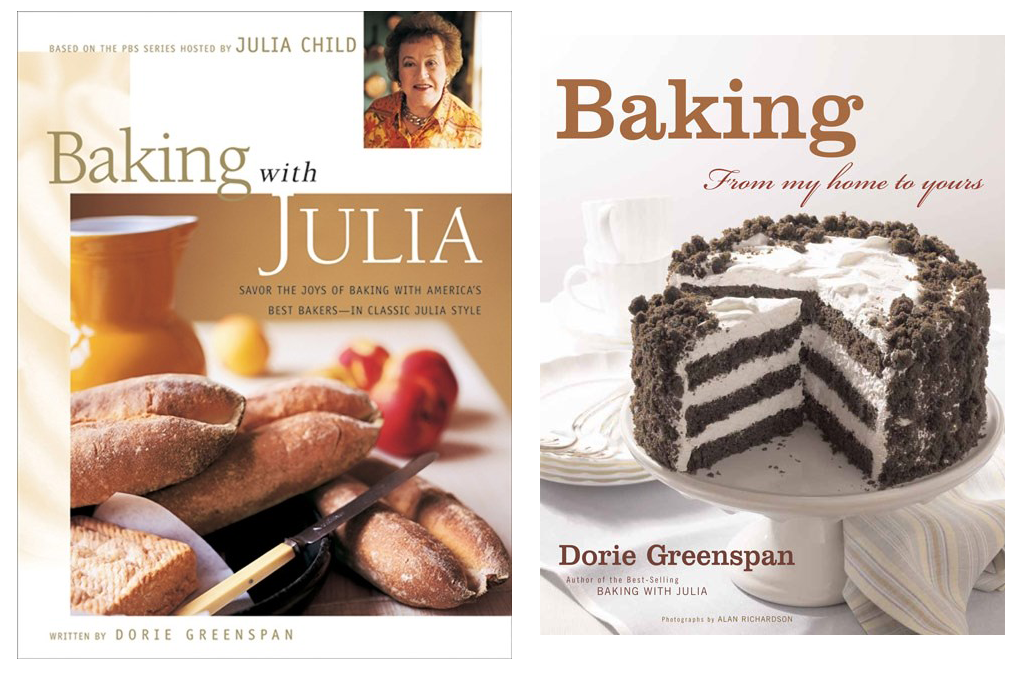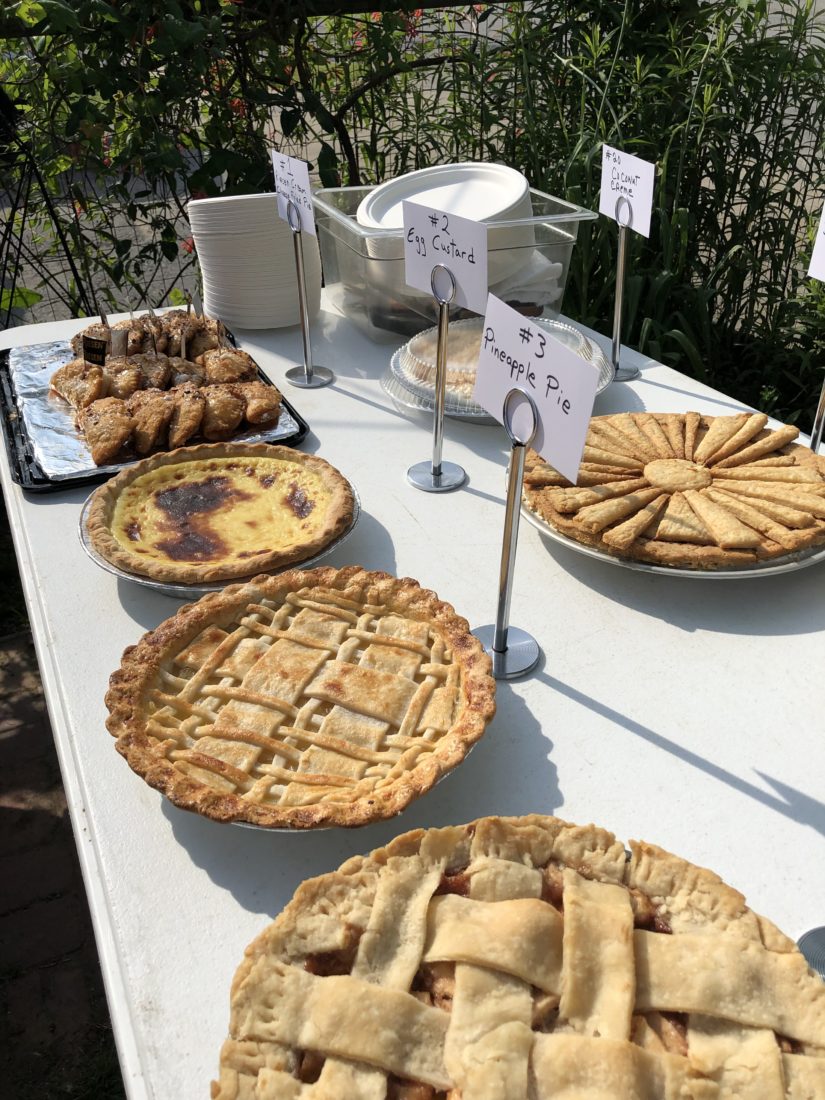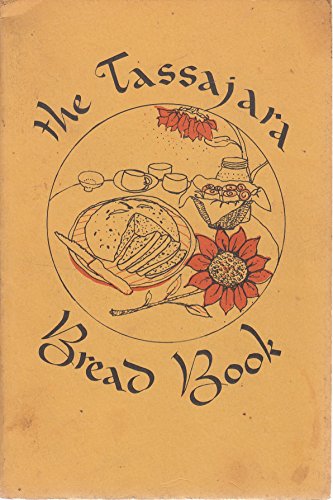“If the words Southern hospitality have become a cliché, I get it,” says Dorie Greenspan, the lauded cookbook author, five-time James Beard Award winner, and lifelong New Yorker, who at age eight took a formative trip to see family in New Orleans. “But I’ve felt Southern hospitality. It’s an easy thing to say, but it was real to me when I was eight years old, and it’s real to me now. You hear the expression and remember, it had to come from something true.”
Greenspan’s books are considered by many home cooks to be reliable, relatable, indispensable tools in their kitchen libraries. She’s the author behind the Julia Child classic Baking with Julia: Savor the Joys of Baking with America’s Best Bakers, a columnist for the New York Times Magazine, and in October, she’ll release her fourteenth cookbook, Baking with Dorie: Sweet, Salty & Simple, a luscious but practical look at baked breakfast foods, cakes, cookies, pastries, pies, tarts, cobblers, crisps, and savory goods. There’s even a whole section on biscuits. We chatted with Greenspan about her voyages in the South, the reason she thinks baking is actually easier than cooking dinner, and, of course, her very best biscuit advice.

What are your memories of New Orleans as a little girl?
It was in the 1950s, and my aunt who lived in New Orleans had suggested to my mother that I come for Mardi Gras. I heard my mother say that I was too young to go alone—I was in the fourth grade. But I wanted to go, and it was arranged that I would go and fly alone. The day of, there was a snowstorm in New York and she and my father put me on the plane. I was all dressed up in a gray silk organza dress with little pink flowers, Mary Janes, and anklet socks, and my mom said, “Your aunt is a lady to her fingertips, and she would not want to see you in anything but your best clothes.” She packed a suitcase of dresses for me.
My parents had told this man on the plane that I was very young and to please keep an eye on me—this man drank something brown out of a small glass and smoked a cigar. [Laughs.] Anyways, this was back when you could actually meet planes, so I remember getting off and being hugged by my aunt and uncle. In the morning, my aunt said, “You can’t play in clothes like that.” She took me shopping for blue jeans and sneakers so I could play with the other kids. The girl who lived next door taught me to Lindy Hop in the backyard.
For Mardi Gras, I remember the floats, catching beads in the air—I went home with a whole bag of beads—and just the excitement of it all. My aunt took me to one of her friend’s houses, and we did get dressed up. I got to meet all these people, shake everybody’s hands, and watch as they passed this tiered silver cake stand. “Fancy” is the word that comes to mind. I got the feeling then that this was just the way they always did things, that this afternoon tea party was very similar to the tea parties I made for my dolls, with teacups and everyone dressed up. I remember that all of my aunt’s friends were so excited to have a Northerner who traveled by herself to see their Mardi Gras. I’m trying so hard to remember any of the food. What stayed with me is the graciousness, the hospitality, the way I was welcomed, and the way my aunt’s friends gathered around and wanted to make me feel welcome, to get everything I could out of Mardi Gras.
You have some other Southern family members as well—cousins in Arkansas?
On my mother’s side, same side of the family, we have family that runs a great restaurant called the Root in Little Rock. It’s my cousin and his wife who own and run the cafe. It’s a very community focused restaurant. When I was there a few years ago for the Arkansas Literary Festival, which was full of kind and interesting people, we had dinner at my cousin’s, and his wife made Chicken Marbella from a family copy of the Silver Palate Cookbook. I’d made that dish for her mother-in-law once in Manhattan, and it’s another instance of that kind of welcome and hospitality that she found a recipe that connected us, something that had a story that bound us together. It was a very sweet moment to be around the table with their kids, a lot of memories, and that dish.
Another favorite Arkansas memory—how could I forget!—I got to be one of the judges for the Fifth Annual Traditional Pie Bake-Off at the Root Cafe. I’d never seen so many pies in one place, so many really good pies! And I’d never eaten so much pie at one time. The winner was an Arkansas Brisket Pie by Ken Dempsey, and as rich as it was, I could have finished it on my own.

In your new book, you have a thorough section on biscuits—let’s talk about biscuits, for as long as you’re comfortable…
I not only love biscuits, I love to make them. The first time I did a biscuit recipe, it was in Baking: from My Home to Yours and I felt like I had to apologize for being a Northerner making them. I felt like biscuits belonged to the South, and I wanted to give the Southern biscuit makers all the respect that they deserve…but I also wanted to make biscuits because I love them. I love to eat them, and I think they’re such a versatile food. They can go savory; they can go neutral; they can be breakfast; you can make a biscuit top on a cobbler.
I love making biscuits because you make them by hand. You feel everything that you do. Yeah, you can use a pastry cutter to cut in the butter, or you can use two knives, but I never learned how to do that, and every time I’ve tried, there’s been a flour shower and flour on my nose. Right now, as we’re talking, I just put my phone down. I’m pretending that my hands are fluffing flour. I’m mashing butter with my fingers right now in the air!
Baking is a transformation. You take these primary elemental ingredients, and they don’t look like anything that they’re going to become, and it’s magic. With biscuits, you’re just working butter into flour, but then what happens in the oven is spectacular, truly. A spectacle. This half-inch-high thing grows, layers form, and it gets golden and you see striations. Biscuits are a marvel, and if they were invented in the South, well then thank you, the South.
Any biscuit tips?
Remember that even a biscuit that’s a little lopsided or didn’t rise as much as you wanted it to or isn’t float-away-angel-wings-light is still a pretty delicious thing that you made by hand. It should still give you that wonderful sense of satisfaction and accomplishment. It’s a little bit easier with me because I grew up in Brooklyn with a mother who neither cooked nor baked, so I didn’t grow up with a standard that I had to meet.
But, specific advice: Cold, cold, cold. You want your butter to be really cold. I sometimes cut pieces of butter and put them in the freezer. You don’t want it frozen frozen, but it is good to have cold butter.
Unless you’ve been making biscuits a really long time, don’t make them in a hurry. If you start working the butter in in a hurry, the butter gets warm. Stop, put it in the fridge, and wait a couple of minutes. Also, you don’t want a smooth mix—it’s not like making a cake where you want the batter beaten till it’s smooth. It’s like rocky road, you want pieces of butter covered in flour, all different sizes.
When you’re cutting the biscuits out, you won’t get the rise you’re looking for without a quick up and down. There are biscuit cutters made for this, that are taller than a cookie cutter, and those are great. You want to push the cutter down into the dough and don’t swirl or swivel it. Down-up, in two moves. If you turn it, it’s like frosting a cake, that’s what’ll happen with the soft part of the dough. The layers will blend. You want the cut to be crisp so that the layers can be crisp.
You don’t want crunchy biscuits, but I like crust on biscuits, so I like to bake them with a little space between them. But if you like them softer, put them closer together.
Cottage cheese really makes a tender biscuit, and you get that nice tang, that lactic hit. I also like using yogurt as the liquid for biscuits—it’s that same acidic hit as buttermilk, but it’s both for flavor and helps the biscuit to be tender.
In the new book, there are also spots where you talk about improvising and how to work with what you’ve got or try out something different.
I got fired from my first baking job for creative insubordination. I got bored and played around and I changed the restaurant’s signature cake and didn’t tell anybody. So when I wrote my first book—it came out in 1991—and I was working on the recipes, I kept thinking, Oh, but wait…what if I added cinnamon? What if did two layers? I had a million what-ifs, so I added a little P.S. to the recipe called Playing Around. It was just enough to give you an inspiration for how you could treat the recipe. You know what that does? That gives the baker permission to personalize. I think we think of baking as so precise, and of course I wouldn’t change the ratio of wet to dry ingredients, but within a baking recipe, there is room to move around. There’s room to make the recipe fit the way you love to eat and the flavors you enjoy. So I love to find a place for play in my recipes so that others are encouraged to experiment.
So many people who like to cook are afraid to bake. But really I think that baking can actually be easier, because if you have a good recipe, you follow it. It’s not like how cooking is “a little of this and a little of that.” It’s follow the recipe, relax, go along your merry way, and sure there are some judgment calls and adjustments for preference, but it’s not cooking’s “season to taste.” What does that mean? You’re not poking a steak and deciding if it’s “like the fleshy part of your palm.” With baking, you’re baking until you poke a tester stick in and it comes out clean.
You’re sharing three recipes with us—tell us a little about them.
First, those blueberry biscuits. It’s a bit of a tangy biscuit because it has both yogurt and buttermilk, but it’s also got a bit of sugar, grated zest of lemon, and the fruit. It’s almost like dessert for breakfast.
The apple pandowdy is the kind of recipe that’s more idea than edict. Since the dish may have been created to make good use of leftover dough, almost any dough can be used. Biscuits or biscuit scraps would make a terrific pandowdy, one that would tilt toward a cobbler.
And then the corn and tomato crisp. Instead of fruit, it’s got tomatoes with onions and vinegar and corn and herbs, and instead of a sweet and oatmeal-y topping like on an apple crisp, it’s cornmeal. I love to play with sweet/salty, so this has vinegar, but it also has honey—not much of either, but just enough that you catch both of those flavors. The tangy acidity of the vinegar, and the sharpness of honey. I find honey sweet, but as an ingredient it also has an edge that’s almost bittersweet.

Right when you mentioned the edginess of honey, you made me think of a baking book important to my own family, the Tassajara Bread Book. My mom used to make these honey bars that, I agree, had almost a bittersweetness to them.
I know the Tassajara Bread Book well! I used to always make this recipe in it, what was it? It had coffee in it. I can just imagine the brown paper of that book. But now I’m thinking about past recipes, too. I’m again thinking about New Orleans. I’m thinking about my aunt coming around with the tiered cake stand and sweets. I would love to be able remember what was on that tray.








